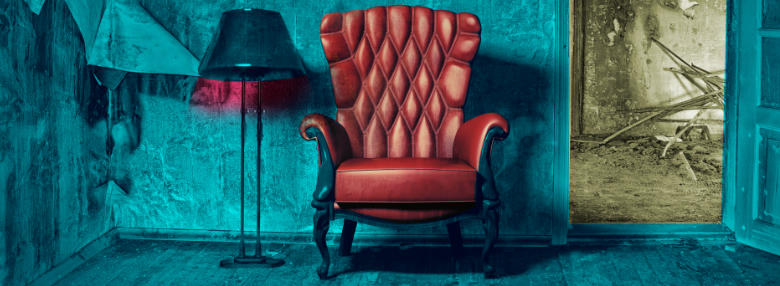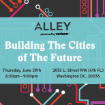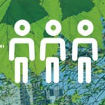Why the human-centric workplace is not just fast fashion

What people want at work
What’s better than being both a romantic and scientist?
For us at PLASTARC, not much.
That’s why we’re on a mission to spread the word that human-centric workplace design is not just a trend. While environments and furnishings that appear hand-wrought—like rustic ceiling beams and shabby chic furniture—are certainly all the rage these days, we contend they’re not fads poised to wax and wane like the fashion industry’s famously fickle hemlines. Rather, they are truly part of a cultural evolution to greater understanding of our human nature.
We’re pretty sure we know what's next in workplace design, because we've been tracking how the nature of work itself has changed to bring us to this point, and we see the cognitive science research that will continue to drive our human focus. Unlike skirt lengths and trending colors, which can cycle in and out on a whim because the needs of their users stay the same, we believe workplace design that honors human needs is here to stay. In part because the nature of work has shifted away from serving machines, toward serving our new breadwinning instrument: knowledge workers. Who have, in turn, gotten a taste of hospitality, and aren’t going back.
In the On Our Minds section below, we’ll look more closely at what the transition from manufacturing widgets to fostering creativity looks like for the modern workplace, how human-centric design feeds our psyches—and we’ll even touch on ruin porn.
On our minds
Think back to when the world’s biggest companies were only as good as their manufacturing prowess. A hundred years ago, when making a widget cheaper than the other guy was what would put you on top, you’d do well to build your factory around what worked best for widgets. If that meant making some design choices that weren’t so good for people, who cared? Your widgets, not your people, were making your money.
Now, in the information age, a company’s people are the source of its value. That means work environments need to work for humans: they must physically and psychologically support us, not machines.
We can’t achieve this design sea change simply by dressing up our cubicles with pictures of our dog, however. We can’t achieve it by ordering the same factory-scale, extruded aluminum office furniture that’s been around since the 1950s—but in new colors this time!—and calling it different.
We can achieve it by introducing diverse sensory experiences to the office that awaken our faculties and remind us of our human nature. We can achieve it by incorporating residential influences that offer human-scale comfort. We can achieve it by trading our white-topped trading desk for a wood-topped meeting table, and enabling employees to make their own decisions.
What all these workplace innovations have in common, from a cognitive psychology perspective, is that they address the human facility for visual touch: when we see something, we automatically imagine what it would feel like to touch it. When a sensory experience is rich enough to engage more than one of our senses, it serves to stimulate our imaginations and boost our creativity—reactions that greatly serve both today’s keen knowledge workers and the dynamic companies who rely on their ingenuity.
As humans rise to the top of the workplace food chain, we can see concurrent evidence in other built environments of our innate desire to share and esteem the things we create. The popularity of wrought iron stair railings, which we can clearly envision a welder twisting; historic buildings made from hand-sized bricks, not machine-sized cinder blocks; rough-hewn structural beams that show the carpenter’s touch—all forgo the harsh perfectionism of the modern industrial world and elevate us to a romantic place, to somewhere that feels emotional, personal, natural. (We at PLASTARC think this largely explains the proliferation of the titillatingly titled phenomenon of ruin porn.)
Let’s make the most of this new opportunity to design workplaces for people—not machines—by celebrating what makes us human in our offices every day. Human-centric design is not another fashion trend: it’s our chance to make workplaces work for the people who power our world.
From the archives
In Case You Missed It

Hindsight is 20/20: The Power of Post-Occupancy
On June 19, the AIANY Social Science and Architecture Committee organized this event about the value of examining design choices after they’ve left the drafting table and become real life experiences.

12th Annual WANY Education Conference
On June 9, we were pleased to speak to our serviced office community about what we're learning from coworking providers through the lens of several current case studies.

FitCity 2017
On June 6, we explored this platform for exchanging ideas, informing strategies, and advancing a community of practice that can help promote health through the design of the built environment.

EDRA48 Madison Voices of Place
On June 2, we traveled to Wisconsin for the Environmental Design Research Association’s annual conference, where we spoke about the technological and cultural aspects of contemporary environmental design research.
Looking Ahead
In the weeks and months ahead, we’ll be joining clients and colleagues on both coasts to talk and learn about innovative real estate strategies, how built spaces impact wellness, and lots more. Here’s hoping we’ll cross paths with you, starting tonight!





